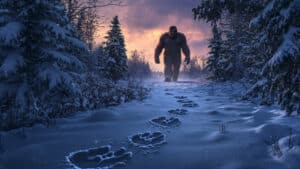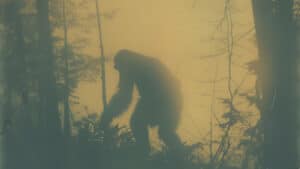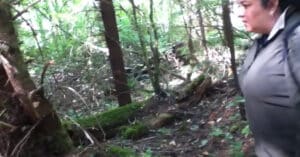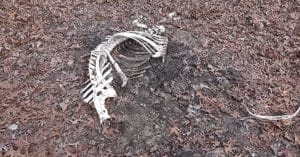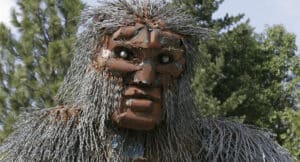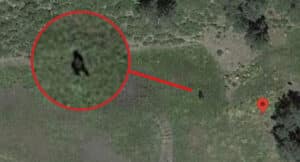While wandering down muddy trails in very squatchy territory where I may have a brush with a Bigfoot, I got to wondering why are Bigfoot prints so hard to find?
You would think that in an area with 600-800# bipeds walking around, that there would be more footprints to find, especially in soft earth. Despite this, Bigfoot prints are relatively rare to find. Sometimes people will find a few scattered prints, and very rarely will a whole trackway be found. We should find more Bigfoot footprints but we don’t.
I would never class myself as a professional Bigfoot researcher, but as someone that has spent a lot of time wandering around in the woods, I have a few ideas on why Bigfoot prints are hard to find.
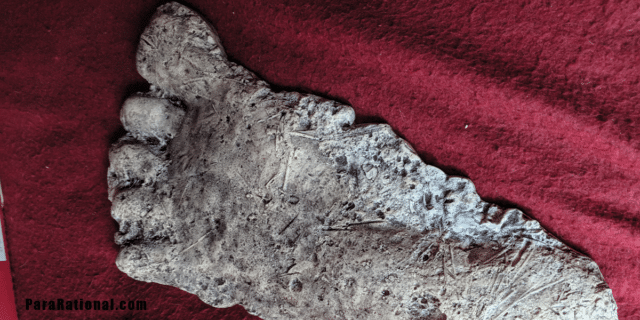
Bigfoot doesn’t walk like us
Human habitually walk heel first from growing up in shoes. Bigfoot does too to some degree when they are relaxed and moving quickly. But I suspect that when they want to hide their prints, they move to a more flat-footed mode of walking.
Their bent leg gait is conducive to moving flat-footed which would spread their weight out much more evenly and make much more shallow prints in any surface they are walking on. This would make tracks much harder to spot.
On top of all this, when we discussed the matter with Jeff Meldrum, he pointed out that Bigfoot feet are much softer than ours. This could not only help disperse weight but reduce the noise they make when they are moving, much like elephant’s feet.
We don’t find prints because Bigfoot hides them
First off, Bigfoot is an apex predator. It stands to reason that if they are the least bit intelligent, that they know how to track and find prey. They know that the easiest way to find prey is to follow their footprints.
Most people accept that if there are Bigfoot in an area that they will generally see you before you see them. It isn’t always the case, but generally. So if Bigfoot see people stopping and paying a lot of attention to their footprints or following them, they probably start making sure their tracks are hard to find.
This ultimately means that if Bigfoot is aware of humans in the area, that they are going to make sure to not leave easily found tracks. The tracks we find are likely from Bigfoot that are traveling through an area and less worried about being followed, think that no humans are around, or by ones that are being careless.
The combination of naturally leaving fewer and harder to see prints combined with purposely working to leave fewer tracks would explain why we don’t find more of them


